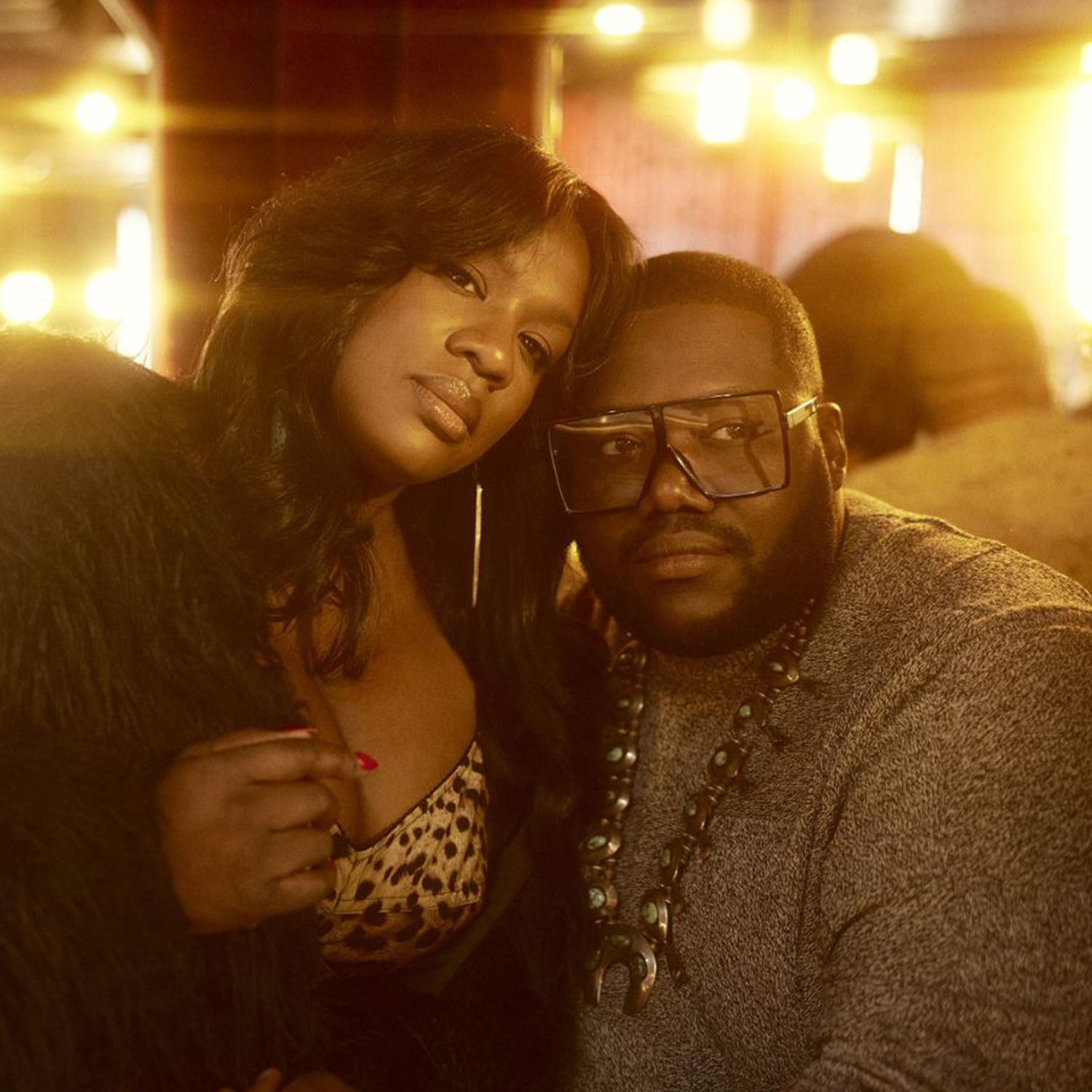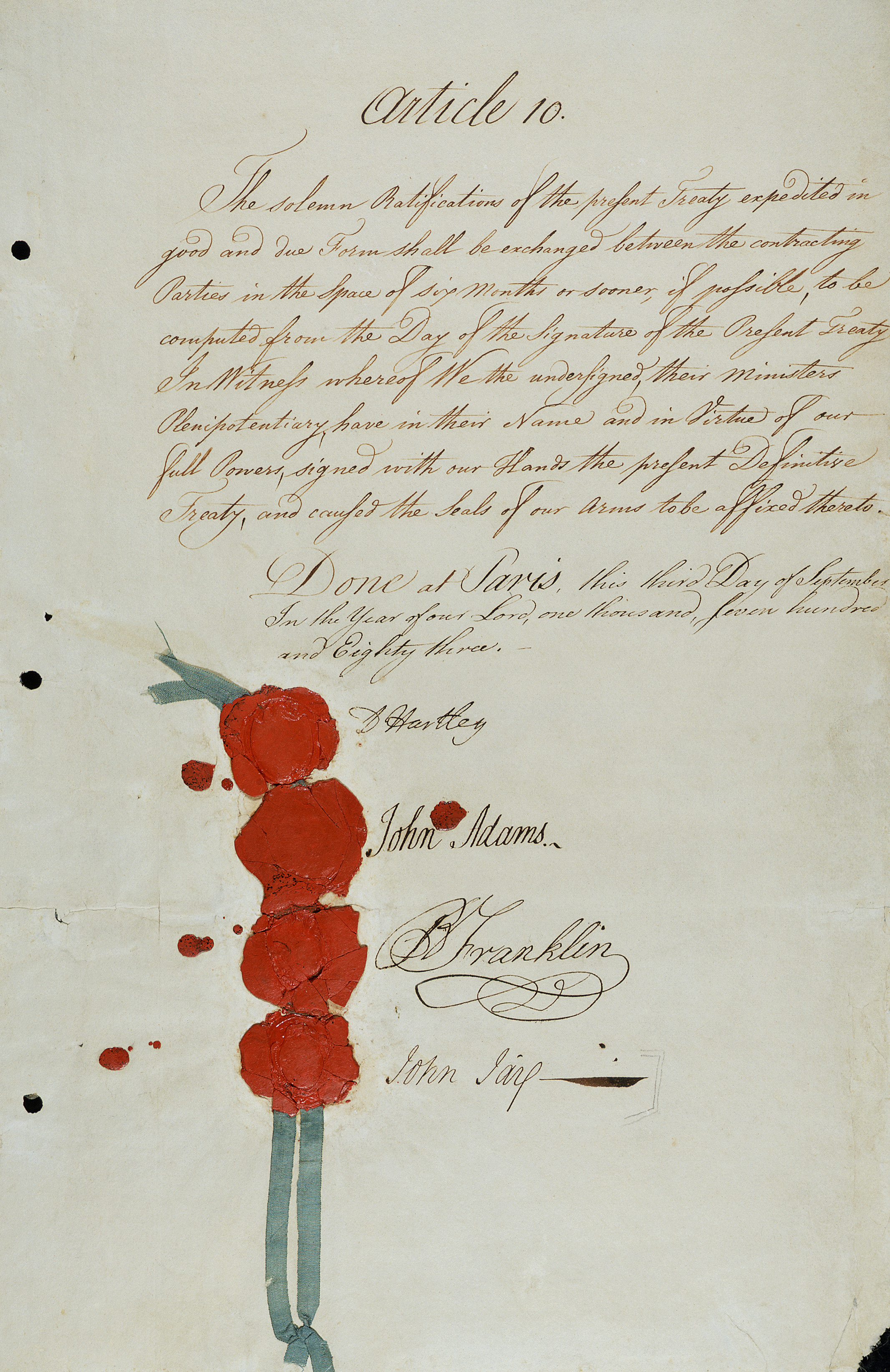War And Treaty: The Intricate Dance Of Conflict And Resolution
War and treaty, two sides of the same coin. While wars tear nations apart, treaties are the binding glue that stitches them back together. Whether you're a history enthusiast or just curious about global affairs, understanding the dynamics of war and treaty is crucial. It's not just about battles fought on the battlefield; it's also about the negotiations that take place in the conference room. Let me break it down for ya.
Picture this: two countries at odds, armies clashing, lives lost. But eventually, someone says, "Enough is enough." That's where treaties come in. They're like the ultimate ceasefire agreement, designed to restore peace and stability. But here's the kicker—they don't always work out perfectly. Sometimes, treaties end up sparking new conflicts. Intriguing, right?
Now, let's dive deeper into this fascinating world. War and treaty have shaped civilizations, redrawn borders, and altered the course of history. From ancient times to modern diplomacy, the interplay between these two forces has been a constant theme. So, buckle up, because we're about to explore the ins and outs of this complex relationship.
- Helen Mirren The Iconic Queen Of Screen And Stage
- Zoey Deutch The Rising Star Whorsquos Making Waves In Hollywood
What Exactly is War and Treaty?
War, in its simplest form, is a state of armed conflict between nations or groups. It's brutal, messy, and often devastating. But hey, it's also a part of human history. Treaties, on the other hand, are formal agreements that aim to resolve disputes and establish peaceful relations. Think of them as the diplomats' playbook for fixing what war breaks.
The concept of war and treaty has evolved over centuries. Back in the day, treaties were often sealed with a handshake and a promise. Nowadays, they're meticulously crafted documents, full of legal jargon and international protocols. But the core idea remains the same: find common ground and prevent future conflicts.
Here's the deal: wars aren't just about winning or losing. They're about power dynamics, resources, and ideology. And treaties? They're the diplomatic equivalent of a compromise. Both sides give a little, take a little, and hope for the best. It's not always pretty, but it gets the job done.
- Ronan Farrow The Trailblazing Journalist Redefining Investigative Reporting
- Elizabeth Debicki The Rising Star Redefining Hollywoods Landscape
Historical Context of War and Treaty
Let's rewind a bit and take a look at some of the most significant war and treaty moments in history. The Treaty of Westphalia in 1648, for instance, marked the end of the Thirty Years' War and laid the foundation for modern diplomacy. Fast forward to the 20th century, and you've got the Treaty of Versailles, which officially ended World War I. Spoiler alert: it didn't exactly prevent World War II.
Throughout history, we've seen treaties that worked wonders and others that failed miserably. The Camp David Accords in 1978, for example, brought peace between Egypt and Israel. On the flip side, the Treaty of Trianon after World War I left Hungary bitter and resentful. History has a way of repeating itself, so learning from these experiences is crucial.
Key Historical Treaties
Here's a quick rundown of some game-changing treaties:
- Treaty of Versailles (1919): Officially ended World War I but sowed the seeds for future conflict.
- Treaty of Westphalia (1648): Established the principle of state sovereignty.
- Camp David Accords (1978): Brought peace between Egypt and Israel.
- Treaty of Trianon (1920): Redrew Hungary's borders after World War I.
Each of these treaties had a profound impact on global politics. Some brought lasting peace, while others left lasting scars. It's a reminder that the outcomes of war and treaty are rarely black and white.
Modern-Day War and Treaty
In today's world, war and treaty still play a massive role in international relations. From the Korean War armistice to the Iran nuclear deal, modern diplomacy is all about finding creative solutions to complex problems. But here's the thing: the stakes are higher than ever. With nuclear weapons and global interconnectedness, the consequences of war are more severe than in the past.
Treaties today are often multilateral, involving multiple countries and organizations. The Paris Agreement on climate change, for example, brought together nearly 200 nations to tackle one of the biggest challenges of our time. But even with the best intentions, implementation can be tricky. It's not just about signing a piece of paper; it's about following through on commitments.
Challenges in Modern Diplomacy
Modern diplomacy faces a unique set of challenges. Here are a few:
- Cyber Warfare: Traditional treaties don't always cover digital conflicts.
- Asymmetric Warfare: Dealing with non-state actors like terrorist groups is tricky.
- Climate Change: Environmental treaties require global cooperation, which isn't always easy to achieve.
These challenges make the art of war and treaty more complex than ever. But hey, that's what makes it so fascinating, right?
War and Treaty in Popular Culture
War and treaty have also made their way into popular culture. From movies like "Fail Safe" to books like "War and Peace," the theme of conflict and resolution resonates with audiences worldwide. These stories often highlight the human side of war and treaty, showing the personal struggles and triumphs of those involved.
But it's not just about entertainment. Popular culture can shape public perception and influence policy. When people see the consequences of war and the benefits of treaty, they're more likely to support diplomatic efforts. It's a powerful tool for promoting peace and understanding.
Notable War and Treaty Movies
Here are a few must-watch films that explore the theme of war and treaty:
- Dr. Strangelove: A satirical look at nuclear war and diplomacy.
- Fail Safe: A tense drama about averting nuclear disaster.
- Good Kill: A modern take on the ethics of drone warfare.
These movies not only entertain but also educate viewers about the complexities of war and treaty.
The Role of International Organizations
International organizations like the United Nations play a crucial role in war and treaty. They provide a platform for dialogue, facilitate negotiations, and enforce agreements. But like any large organization, they face their own set of challenges. Bureaucracy, politics, and funding issues can all hinder their effectiveness.
Despite these challenges, international organizations have achieved some remarkable successes. The Chemical Weapons Convention, for example, has significantly reduced the use of chemical weapons worldwide. It's proof that when countries work together, they can make a real difference.
Key International Treaties
Here are a few key international treaties that have shaped global affairs:
- Chemical Weapons Convention (1993): Bans the use of chemical weapons.
- Paris Agreement (2015): Aims to combat climate change.
- Non-Proliferation Treaty (1968): Prevents the spread of nuclear weapons.
These treaties demonstrate the power of international cooperation in addressing global challenges.
War and Treaty in the Digital Age
The digital age has brought new dimensions to war and treaty. Cyber warfare, for example, is a growing concern. Unlike traditional warfare, cyber attacks can be launched from anywhere in the world, making them harder to trace and respond to. This has led to calls for new treaties that address digital threats.
But here's the thing: creating effective cyber treaties is easier said than done. Issues like attribution, sovereignty, and enforcement make it a complex challenge. Still, progress is being made. The Tallinn Manual, for instance, provides guidelines for applying international law to cyber operations.
Emerging Trends in War and Treaty
Here are a few emerging trends to watch:
- Cyber Diplomacy: Negotiating agreements on digital security.
- Climate Diplomacy: Addressing environmental challenges through international cooperation.
- Humanitarian Diplomacy: Protecting civilians in conflict zones.
These trends show that war and treaty are evolving to meet the challenges of the 21st century.
Conclusion: The Future of War and Treaty
War and treaty have been shaping human history for centuries. While wars may be inevitable, treaties offer hope for a better future. By learning from the past and embracing new approaches, we can create a world where peace prevails. But it won't happen overnight. It takes patience, perseverance, and a willingness to compromise.
So, what can you do? Start by educating yourself about the issues. Stay informed about global events and the role of diplomacy in resolving conflicts. And most importantly, support efforts that promote peace and understanding. Together, we can make a difference.
Got thoughts on war and treaty? Drop a comment below and let's keep the conversation going. And don't forget to share this article with your friends. Knowledge is power, and the more people who understand the importance of war and treaty, the better off we'll all be.
Table of Contents
- What Exactly is War and Treaty?
- Historical Context of War and Treaty
- Key Historical Treaties
- Modern-Day War and Treaty
- Challenges in Modern Diplomacy
- War and Treaty in Popular Culture
- Notable War and Treaty Movies
- The Role of International Organizations
- Key International Treaties
- War and Treaty in the Digital Age
- Emerging Trends in War and Treaty
- Conclusion: The Future of War and Treaty
- Bill Gates Net Worth The Untold Story Of The Richest Mind In Tech
- Haley Joel Osment The Young Star Who Stole Our Hearts

The War and Treaty Old Rock House

Music The War and Treaty

The Treaty of Paris of 1783 The End to the Revolutionary War